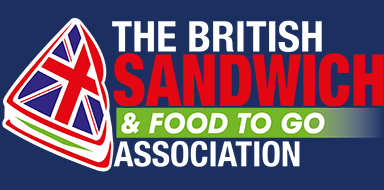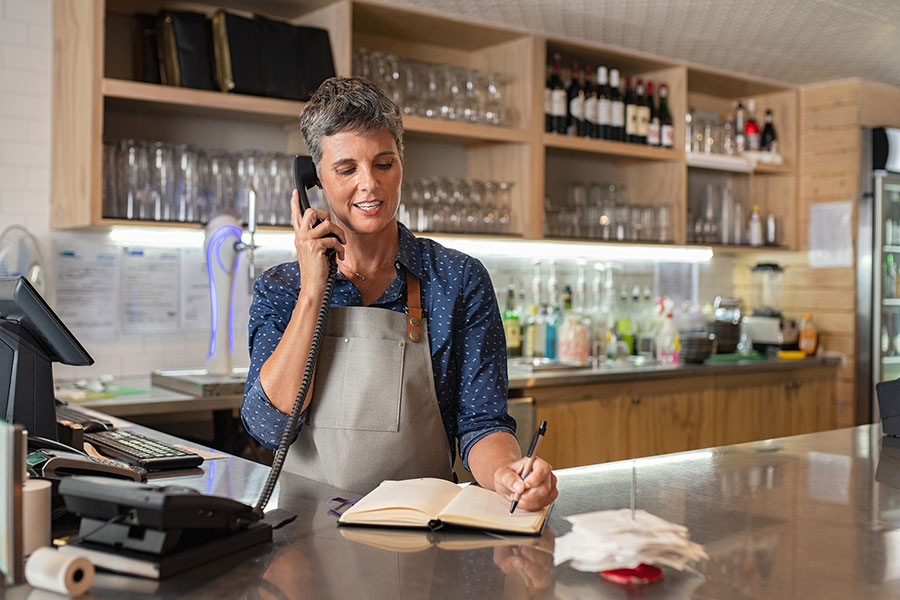Under the Government’s pandemic restrictions, restaurants and takeaways are encouraged to stay open to offer hot food on a delivery or collection basis. The Government is going to relax planning rules to allow pubs and restaurants, currently not offering delivery or takeaway services, to be able to do so.
The important factor is that those who decide to stay open need to do everything they can to safeguard their customers and staff.
The following are Government guidelines and some advice for operators providing takeaway or delivery food services based on the experiences of the pizza industry.
Safe Distances
- Takeaway customers should be required to order in advance by phone or on-line, ideally with payment made only by card at the time of order.
- Customers turning up on site without pre-ordering should be turned away and asked to place their order by phone or on-line.
- Takeaway customers should be given staggered collection times to avoid queuing.
- Customers queuing to collect takeaways should be encouraged to keep at least two metres apart from each other.
- Customers should not enter the premises until their order is ready.
- Customers should only be allowed into the premises one at a time to collect their order.
- Physical distancing between customers and staff should be established – some food shops are using screening to separate staff and customers – others are asking staff to step back as customers pick up their purchases.
- Physical distancing also needs to take place in the food preparation areas. This may involve reorganising systems and marking out areas on the floor to keep staff apart.
- Takeaway customers must not be allowed to eat or drink while on site.
- Wherever possible prepayment should be made at the point the order is placed but if it is necessary to take payment on the premises contactless payment should be encouraged.
- If customers touch surfaces – such as card machines – they should be wiped down afterwards with a sterilizer.
Food Handling
- All those handling food must wash their hands thoroughly and frequently using soap and water for at least 20 seconds.
- Although it is thought very unlikely that coronavirus is transmitted through food, as a matter of good hygiene practice anyone handling food should wash their hands as a matter of routine, before and after handling food, and especially after being in a public place, blowing their nose, coughing or sneezing.
- Whenever a member of staff touches anything given to them by a customer they should wash their hands.
Order Taking
- Businesses new to delivery and on-line ordering will need to consider the logistics involved in taking orders – on-line facilities will be needed for taking orders and payments.
- Businesses relying on telephone ordering will need to consider the number of lines they need – a single line that is constantly engaged will deter customers. A mobile phone to take orders would be a cost effective way of doing this.
- Those taking telephone orders need to be accurate in the information they take over the telephone in terms of both delivery addresses and card payments.
Delivery Logistics
- Businesses new to delivery should consider the equipment needed to make sure the delivered food is hot when it arrives at the customer. There are a variety of options from insulated pouches to hot boxes which are designed for this purpose. You will find suppliers of these at papa.org.uk
- Delivery distances need to be considered in relation both to the economics of each delivery and the temperatures on arrival.
- Customers ordering online or by phone will want to know how long their food will take and will usually expect it within 30 minutes. Fulfilling this requires careful kitchen/order management.
- Where it is practical, it will be more economic to combine deliveries but when doing this consider the extra time involved.
- Consider the safety of drivers making deliveries – there may be some areas where it is unsafe which you may want to exclude from deliveries.
- Consider whether to make a charge for delivery or not – you might consider free delivery over a certain order value.
- Consider who is going to do the deliveries – those new to this area are unlikely to have their own vehicles so it may be better to outsource this or recruit drivers with their own vehicles. With fewer people out and about, local taxi firms might be interested in working with you. Alternatively, you could pass delivery to one of the delivery specialists such as Deliveroo or Uber Eats.
Insurance
- Be aware that standard business use insurance does not cover food delivery.
- It is very difficult for food businesses to get delivery insurance for their drivers and it may be necessary to get drivers to take out their own cover, which they can do just for the time they are working. Owner drivers may not be aware of this and you will need to make this clear to them.
- If your business does not normally do takeaways or deliveries, make sure that your business insurers are aware that you are now doing this.
Security
- There have been a number of cases where delivery drivers have been assaulted either for the cash they may carry or for the food they are delivering.
- Do not ask drivers to collect cash from customers (insist on prepayment) and discourage them from carrying much of their own cash.
- Encourage drivers to take security measures to avoid risks as much as possible – always lock vehicles when they leave them to make a delivery – avoid darkened passageways etc. – and, if threatened, hand over the food rather than taking risks.
- If an incident happens, drivers should be encouraged to report it to the business and to the police. If a driver is assaulted or damage is done to a vehicle they will need a crime number for insurance purposes.
Alcohol
- While the Government is committed to relaxing planning laws to allow restaurants to undertake deliveries this does not include the delivery of alcohol – you will need to apply for a licence for this.
Marketing
- Restaurants setting up delivery/takeaway operations will need to promote the fact to their customer base as, otherwise, they may assume they are closed.
- If the business has a customer database, it may be possible to inform all customers by email that the business is open for deliveries/takeaways but customers should be asked if they want to opt out of future emails and given the facility to do so.
- If the business does not have a database it can use, it will need to consider alternative marketing tools such as leafleting to get the word out.
- Another option may be to sign up with one or more of the aggregators who provide marketing support and provide on-line ordering for many takeaways and delivery operators. Be aware that they take a percentage of each order but in return they give you access to substantial databases. During the current pandemic crisis, some are offering special free sign up deals and discounted charges. Just Eat, for example, has announced a £10m support package which includes waived sign-up fees and reduced commissions.
Discounting
- Most pizza delivery businesses encourage consumers by offering discounts through money-off vouchers and deals, such as buy one and get one free. The pizza industry got caught up in discounting during the recession in 1990 and has never been able to get away from it since, although some more upmarket operators have succeeded.
- Before making a decision about offering deals, consider the potential impact on your brand, particularly in the longer term once life returns to some normality. Like the pizza industry you could find yourself locked into it for ever more.

